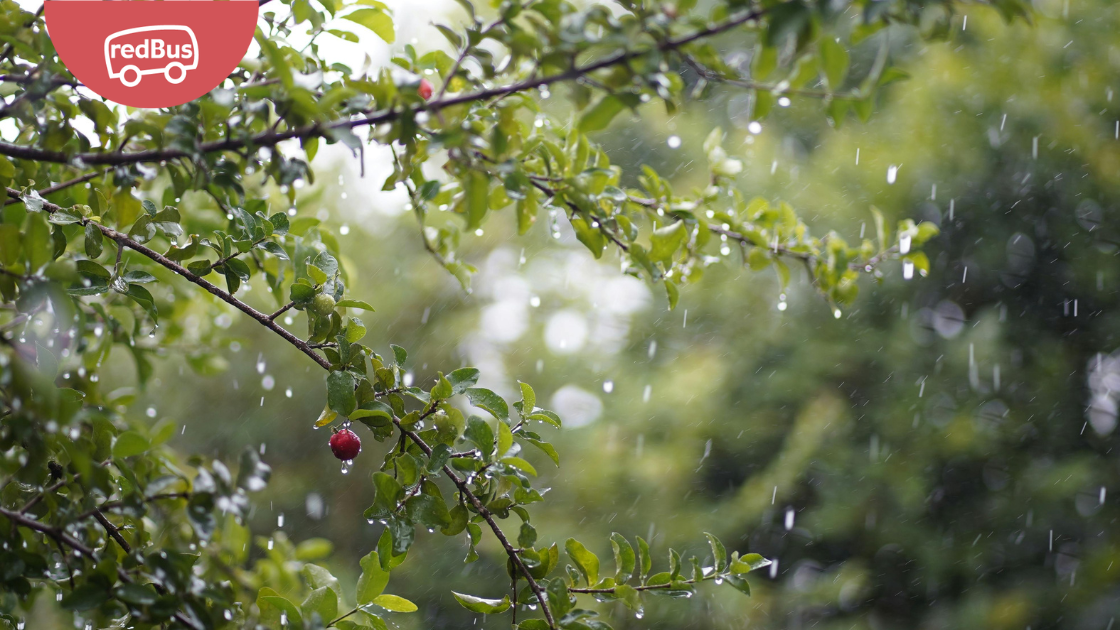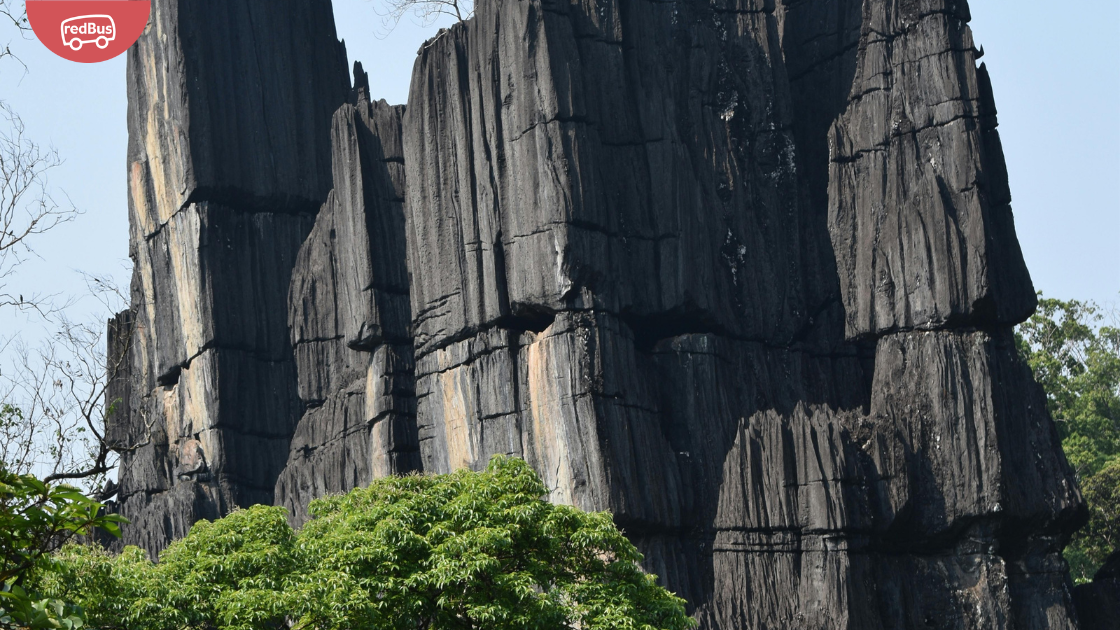Karnataka, a state rich in history and culture, is home to some of the most magnificent forts in India. These forts spread across the state and tell tales of valiant battles, architectural brilliance, and the cultural heritage of various dynasties. Each fort offers a unique glimpse into the past, making them must-visit destinations for history enthusiasts and travelers alike. Here are some of the most famous forts to visit in Karnataka.
1. Chitradurga Fort, Chitradurga
Chitradurga Fort, also known as the Fort of Seven Rounds, is one of the most impressive forts in Karnataka. Built between the 10th and 18th centuries, the fort is famous for its massive stone walls, intricate gateways, and numerous secret passages. The fort was constructed by the Nayakas of Chitradurga and later expanded by Hyder Ali and Tipu Sultan.
Key Attractions:
- Obavvana Kindi: A narrow slit in the wall, known for the legend of Obavva, a brave woman who defended the fort against invaders.
- Hidimbeshwara Temple: An ancient temple dedicated to Lord Hidimba, located within the fort complex.
- Murugharajendra Matha: A religious site within the fort known for its spiritual significance.
Activities:
- Explore the fort’s many bastions, temples, and granaries.
- Enjoy panoramic views of the surrounding landscape from the top of the fort.
2. Bidar Fort, Bidar
Bidar Fort, built in the 15th century by Sultan Alla-Ud-Din Bahman of the Bahmani Dynasty, is a magnificent example of Persian architecture. The fort is known for its impressive ramparts, beautiful palaces, and intricate decorations.
Key Attractions:
- Rangeen Mahal: A palace known for its stunning mosaic work and colorful tile decorations.
- Tarkash Mahal: Built for the Turkish wife of the Sultan, known for its exquisite architecture.
- Solah Khamba Mosque: A mosque with sixteen pillars showcasing Islamic architectural style.
Activities:
- Explore the ancient palaces and gardens within the fort.
- Visit the underground chambers and secret passages.
3. Gulbarga Fort, Gulbarga
Gulbarga Fort, built by the Bahmani rulers in the 14th century, is a massive structure known for its unique blend of Hindu and Islamic architecture. The fort encompasses many mosques, palaces, and other structures within its walls.
Key Attractions:
- Jama Masjid: A beautiful mosque within the fort, known for its large dome and 75 smaller domes.
- Rangin Mahal: A palace known for its intricate stucco work and calligraphy.
- Bahamani Tombs: A cluster of tombs of the Bahmani rulers located near the fort.
Activities:
- Explore the fort’s many historical structures and enjoy the architectural beauty.
- Learn about the fort’s history and significance at the small museum within the fort.
4. Bellary Fort, Bellary
Bellary Fort, perched on top of the Ballari Gudda or Fort Hill, was built by the Nayakas and later fortified by Hyder Ali. The fort is divided into two parts: the Upper Fort and the Lower Fort.
Key Attractions:
- Upper Fort is known for its massive ramparts and rich history, offering stunning city views.
- Lower Fort contains several ancient temples, a military storehouse, and a British-era church.
Activities:
- Trek to the top of the Upper Fort for panoramic views of Bellary.
- Explore the historical structures and temples within the Lower Fort.
5. Badami Fort, Badami
Badami Fort was built on a hilltop by the Chalukya kings in the 6th century. The fort offers a splendid view of the famous Badami cave temples and the Agastya Lake.
Key Attractions:
- Shivalaya Temple: An ancient temple dedicated to Lord Shiva, located within the fort.
- Lower Shivalaya: Another temple on the lower slopes of the fort, known for its intricate carvings.
- Tipu’s Cannon: A massive cannon within the fort, offering a glimpse into the military history.
Activities:
- Trek to the top of the fort and explore the ancient temples and structures.
- Enjoy the breathtaking views of the surrounding landscape and the cave temples.
6. Raichur Fort, Raichur
Raichur Fort, built in the 13th century by the Kakatiya kings, is known for its strategic location and historical significance. Various dynasties later captured the fort, including the Bahmani and Vijayanagara empires.
Key Attractions:
- Stone Inscription: An ancient Persian and Telugu inscription providing historical insights.
- Jaladurga: A small fort within the fort, known for its scenic beauty and ancient structures.
- Ranganatha Swamy Temple: An ancient temple dedicated to Lord Ranganatha, located within the fort.
Activities:
- Explore the fort’s many historical structures and inscriptions.
- Enjoy the scenic views from the fort’s ramparts.
7. Mirjan Fort, Mirjan
Mirjan Fort, located near the coastal town of Gokarna, was built in the 16th century by Queen Chennabhairadevi of Gersoppa. The fort is known for its massive ramparts, bastions, and a well-planned drainage system.
Key Attractions:
- Bastions and Ramparts: Explore the fort’s impressive defensive structures.
- Secret Passages: Discover the fort’s hidden passages and underground tunnels.
- Surrounding Landscape: Enjoy the lush green surroundings and the scenic beauty of the coastal region.
Activities:
- Take a guided tour of the fort to learn about its history and significance.
- Enjoy a leisurely walk around the fort’s ramparts and explore the hidden passages.
8. Bangalore Fort, Bangalore
Bangalore Fort, initially built by Kempe Gowda I in 1537 as a mud fort, was later transformed into a stone fort by Hyder Ali. The fort played a significant role in Bangalore’s history and is an important historical landmark in the city.
Key Attractions:
- Delhi Gate: The fort’s main entrance is known for its intricate carvings and historical significance.
- Ganapathi Temple: An ancient temple dedicated to Lord Ganesha, located within the fort.
- Remains of the Fort: Explore the remaining structures and walls of the fort.
Activities:
- Take a walk through the fort and explore its historical structures.
- Visit the nearby Tipu Sultan’s Summer Palace within the fort premises.
9. Madhugiri Fort, Madhugiri
Located on a massive monolithic hill, it is one of the largest forts in Karnataka. Built by the Vijayanagara rulers, it is known for its impressive architecture and breathtaking views.
Key Attractions:
- Durga Temple: An ancient temple dedicated to Goddess Durga, located within the fort.
- Watch Towers: Several watchtowers offer panoramic views of the surrounding landscape.
- Trek to the Top: The trek to the top of the fort is a popular activity, offering stunning views and an adventurous experience.
Activities:
- Trek to the top of the fort and explore the ancient structures.
- Enjoy the scenic views from the fort’s ramparts.
10. Nandi Hills Fort, Nandi Hills
Nandi Hills Fort, built by Tipu Sultan, is atop the Nandi Hills near Bangalore. The fort is known for its strategic location and stunning views of the surrounding countryside.
Key Attractions:
- Tipu’s Drop: A famous viewpoint from where prisoners were allegedly thrown off during Tipu Sultan’s reign.
- Amruth Sarovar: A beautiful lake within the fort, known for its serene ambiance.
- Temples and Structures: Several ancient temples are located within the fort premises.
Activities:
- Explore the fort’s many historical structures and enjoy the scenic views.
- Visit the nearby temples and the beautiful Amruth Sarovar Lake.
Conclusion
Karnataka’s forts testify to the state’s rich history and cultural heritage. From the impressive Chitradurga Fort and the majestic Bidar Fort to the scenic Nandi Hills Fort, each fort offers a unique glimpse into the past and a chance to explore the architectural brilliance and historical significance of different dynasties. Whether you are a history enthusiast, an architecture lover, or an adventure seeker, these forts promise an enriching and memorable experience. So pack your bags and book the bus ticket on redBus to embark on a journey to explore the majestic forts of Karnataka!







